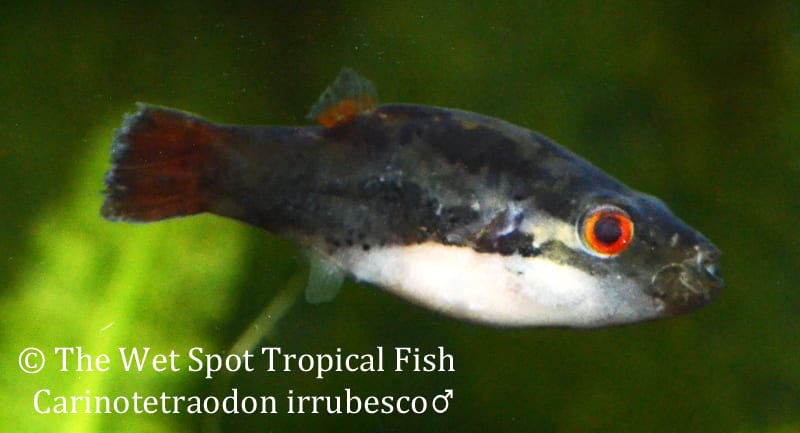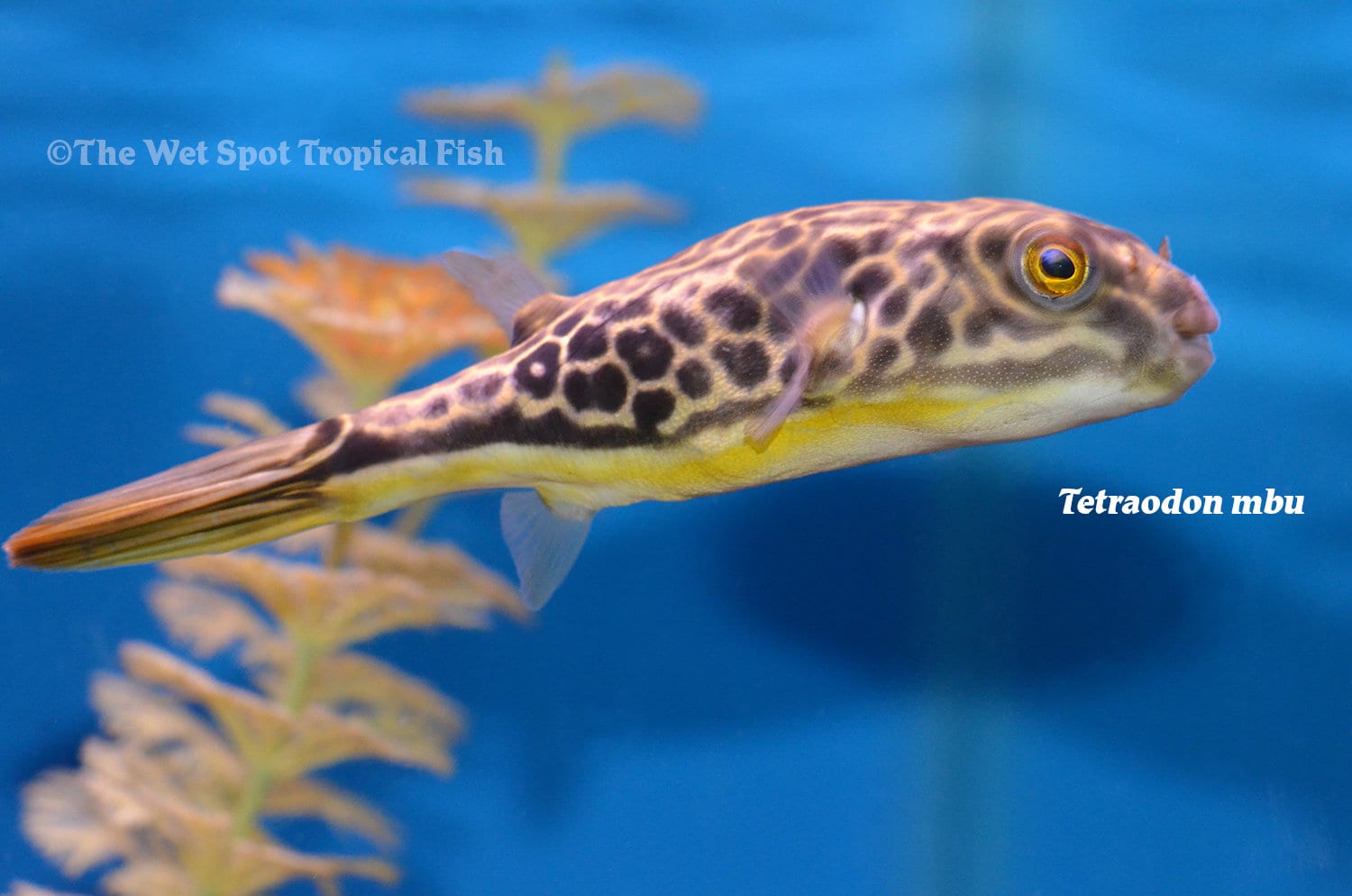Go Home Evolution, You’re Drunk
Go Home Evolution, You’re Drunk
What is a meme? A viral internet phenomenon? An image with an appropriately comic phrase? A staple of millennial and social media culture? Sure, but beyond that, the term was originally coined by Dawkins in 1976 to describe individual units that spread cultural ideas similar to how genes spread traits. In the case of both internet memes, and evolved physical traits in the natural world, the ones that persist aren’t always “clever”, and sometimes can be just silly. But, I don’t need to tell you aquarists that! Part of the appeal the of the hobby is to interact with some truly ‘alien’ animal lifeforms that play by a drastically different set of rules. Highly sought after in the trade for their expressive faces, big personalities, and oddball characteristics, pufferfish never disappoint. Rounded and proportionally large bodies, tiny fins, big eyes that can move independently, and of course the ability to puff their stomachs up with air or water to ward of predators make for a unique, and delightful set of characteristics in aquarium pets. A few of our all-time favorites include: Colomesus asellus, Carinotetraodon irrubesco, and Tetraodon mbu.
Scientific NameColomesus asellus
Common NameSouth American Puffer
Temperature / pH68 to 78°F / 5.5 to 8.0 pH
Native LocationAmazon basin
Preferred DietCarnivorous
“Colomesus” translating roughly to “physically defective/crippled middle”, C. asellus is much more adorable than their name suggests! Known as “South American Puffers”, they are relatively small, reaching about 3 inches in length, and have yellowish gold bodies with black spotty striping. Found throughout the Amazon basin, this puffer thrives in floodplain lakes, sandbars, and areas near banks with overhanging riparian vegetation. In captivity they should be provided sandy substrate, water-worn rocks, branches and driftwood, and tall and floating plants. A peaceful species that forms loose aggregations in the wild, they can be kept in species tanks in groups of 6 or more. Not ideal for general community tanks, they are slow-movers and have a hard time competing for food. They may also end up nipping at other tank mates. Voracious carnivores, they use their beaks to crack shelled invertebrates, and should regularly be fed things like small snails or cockles. They will also gladly accept bloodworm, brine, and chopped earthworm. Due to their carnivorous diets, puffers produce a lot of waste. They are also, however sensitive to water quality; thus, they require decent filtration and weekly 30% water changes. Waters should be kept with temperatures around 68 to 78°F, pH between 5.5 and 8.0, and hardness of 36 to 268 ppm.
Scientific NameCarinotetraodon irrubesco
Common NameSumatran Red Eye Puffer
Temperature / pH68 to 80°F / 6.0 to 7.5 pH
Native LocationSumatra
Preferred DietCarnivorous
Found bumbling through the Samba River of Sumatra, C. irrubesco is another gorgeous small puffer. Known more commonly as “Sumatran Red Eye Puffers”, they reach only 2 inches in length, and exhibit light golden bodies with dark patterning, a red spot on their dorsal fin, red eyes, and males have red caudal fins. Preferring riparian habitats with murky brown waters and plentiful submerged vegetation, they should be kept in densely planted tanks with driftwood roots and branches, dried leaf litter, and dim lighting. With a preference for minimal water flow, filtration systems should not be extensive, though they are sensitive to deteriorating water conditions, so, regular small water changes should be performed. Less aggressive than other puffers, in rare occasions, they can be kept with large, schooling cyprinids (with caution), though they are best kept alone. Feeding predominantly on meaty foods in the wild, they require diets of chopped shellfish, earthworms, bloodworm, and other high-quality live or frozen offerings. Tank waters are best maintained with temperatures between 68 and 80°F, pH around 6.0 to 7.5, and hardness of 36 and 215 ppm.
Scientific NameTetraodon mbu
Common NameMbu Puffer
Temperature / pH75 to 79°F / 7.0 to 8.0 pH
Native LocationAfrica
Preferred DietCarnivorous
Almost a caricature of a pufferfish, T. mbu is large, solitary, and extremely personable. Known as “Mbu Puffers” they reach a whopping 30 inches in the wild, though usually max out around 24 in captivity. With rounded bodies, big red eyes, dark bodies patterned with golden squiggles, and golden fins, they are truly stunning. Found in rivers and lakes in Africa, including Tanganyika, they do best in tanks with sandy substrate, large scattered rocks and/or driftwood, and plenty of open swimming space. Generally aggressive and intolerant to tank mates, they should be kept alone. Subsisting predominantly on mollusks in the wild, they should be fed things like shellfish, snails, and other meaty live and frozen fare. As with other puffer species, they create a lot of waste and need good filtration, but due to their size, they also require large tanks, and regular water changes. They do best in waters with temperatures of 75 to 79°F, pH of 7.0 to 8.0, and hardness between 178 and 445 ppm.
Odd, but undeniably interesting and delightful aquarium pets, puffers tend to top the charts of fish-lovers favorites. Whether you’re looking to have a single, large, and personable fellow to greet you as you approach, or a small group of bumbling, big-eyed cuties, they’re ready for their meme photo shoots.


